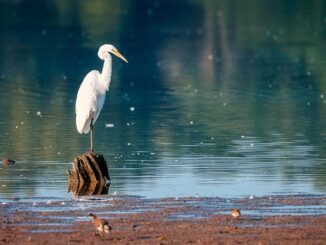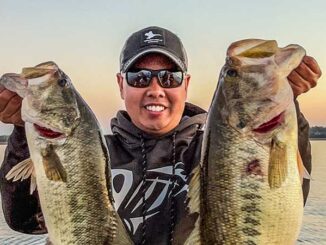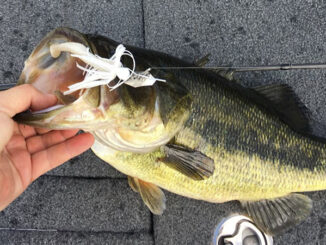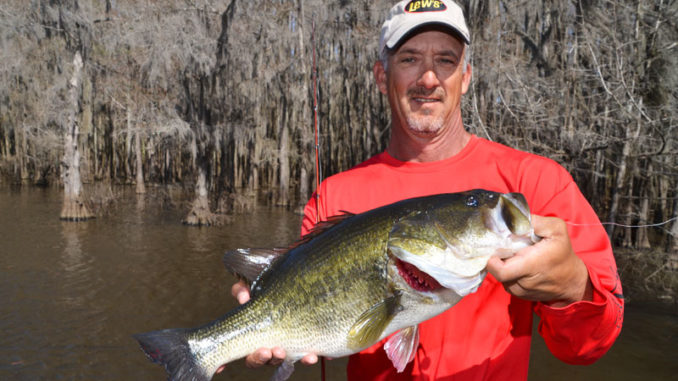
Follow this expert’s advice and you might end up with a beast of a bass from this border lake.
You could definitely feel it in the air; the cool, damp fog of early morning had that rich fish smell, the overpowering scent of what fertile waters hold in the spring, particularly largemouth bass, sway-bellied, spawning females, to be more specific.
Paul Keith of Caddo Guide Service was in charge that morning. He has a reputation for pulling big, sow bass out of Caddo Lake’s expansive cypress brakes. It was March and the big green fish were on the prod — the spawn was coming quickly.
Keith started casting 50 feet from the boat launch.
“There are fish everywhere in the lake,” he grinned slyly. “But some places are better than others.”
Keith (318-455-3437) fishes the spawn, which begins on Caddo in late February and runs through the end of April, sometimes into early May.
“The two biggest spawning waves occur on the full moons of March and April,” he said. “That’s when the majority of 7 pound-plus bass are caught.”
Keith likes to work the thousands of cypress trees standing in the lake’s bed.
“Bass here will spawn on the sides of the trees, hanging eggs on the trees themselves or on top of the trees’ submerged root wads,” he said. “Some also spawn on top of stumps or on laydown logs.”
Much of Caddo, which covers 28,000 acres on the Texas-Louisiana border in Caddo Parish, has been flooded for over 200 years, so bottoms are very soft. It’s like pudding, he laughed.
“A fish can fan forever and never fan out a spawning bed,” said Keith, who fishes mostly in 2 to 3 feet of water during the spawning season. “Lots of times, I will have to tilt my big motor and raise my trolling motor, too, and I’ll still be turning a mud trail. Get as shallow as you can. If you ain’t leaving a mud trail, you ain’t catching fish.”
Keith started throwing a bladed jig, but didn’t get bit right away — it worked later in the day — so he decided to throw something that would drop vertically — a Senko or an unweighted swim bait. A 5-inch, black/blue V&M Thunder Shad worked like a charm.
“I like it because you can let it fall vertically or you can swim it,” he said. “My choice of lures depends on the fish. Some days, they want to chase things; some days they don’t.”
Keith uses a variety of lures for spring bass fishing, including a V&M J-Bug (creature bait), a V&M Pacemaker (swim jig), 6- and 9-inch lizards, Senko-type baits, bladed jigs and Booyah spinnerbaits with two copper blades. Preferred colors run to the dark side: black, black/blue, black/red and junebug. For “moving baits” like spinnerbaits, swim jigs and bladed jigs, he will also use bream colors.

Fishing in the trees demands versatility. Keith will flip; he will cast underhand, overhand and sidearm. He used every technique aside from cane-poling to deliver his lure as close to each tree trunk he targeted — but he was quiet.
“Quietness in presentation is very important, especially when it’s calm,” Keith said. “Avoid big splashes. Lay the bait in there as quietly as possible.”
Keith likes a breezy day.
“A little wind creates a current, it breaks up light and shadows, and it cuts down having to be super-quiet. When I look out there in the morning and see it’s slick, I go ‘Huuh,’” he grunted.
Before noon arrived, Keith had horsed one big bass after another off the cypress trees.
That’s what Caddo Lake is about,” he said as he lipped a 6-pounder. His two largest that morning were 6.6 and 6.7 pounds.
Seasonal Caddo patterns
Caddo is shaped like a scorpion astride the Louisiana-Texas border, with the tail of the scorpion in Texas and the claws in the Bayou State and roughly half the water and the 220 miles of shoreline are in each state.
By any definition, it is heavily forested, with sometimes dense, island-like brakes standing in the shallow waters. The Texas end of the lake is more densely treed than the Louisiana end, but both hold a lot of standing timber.
The lake is shallow. Keith estimates its average depth at only 4 feet.
“We do have creek beds that are 8 to 20 feet deep, but bass don’t relate to them in the spring.”
As a professional guide, Keith fishes year-round. Here is what he does in the other seasons.
- Summer. Keith likes to throw Flukes, soft swimbaits and frogs in lily pads, milfoil, duckweed mats and especially beds of hydrilla and coontail. Locating this vegetation is easy with some scouting. He also likes to punch dense vegetation, such matted hydrilla often associated with salvinia. For this, he likes to use one-ounce or heavier, beaver-style baits or jigs in dark colors. He also fishes weed lines or dropoffs in creek beds with Texas-rigged worms in watermelon or other dark colors.
- Fall. Bass begin to school-up in creeks. Keith likes to throw topwater lures like clear Zara Spook Puppies or Tiny Torpedos. He also uses white or shad-colored Flukes. Late fall is also the beginning of Alabama rig season.
- Winter. Keith will continue to use some topwaters in the winter, but Alabama-rig fishing is in full swing. He will add medium-running, shad-colored crankbaits to his repertoire, as well as vertical jigging chrome Strata spoons such.
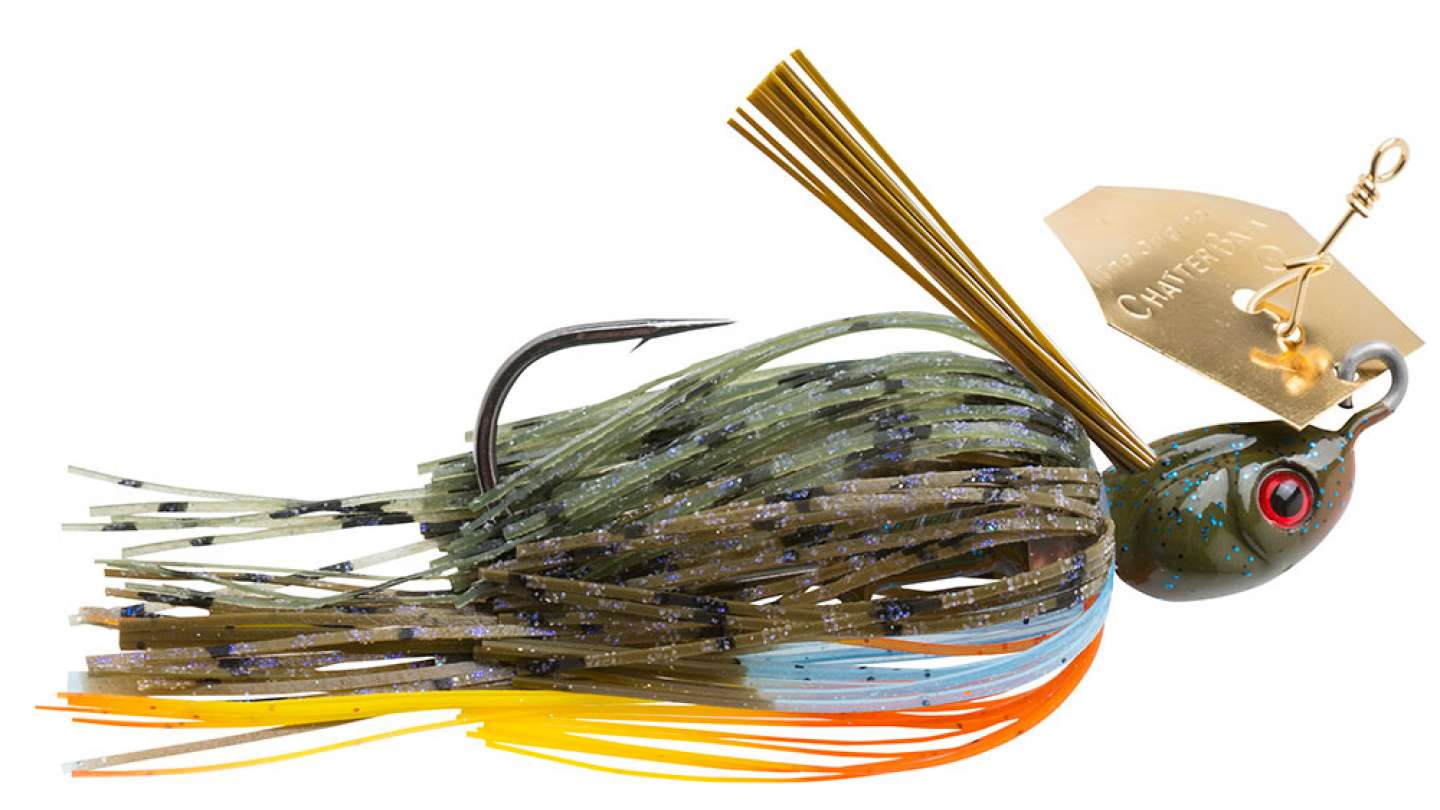
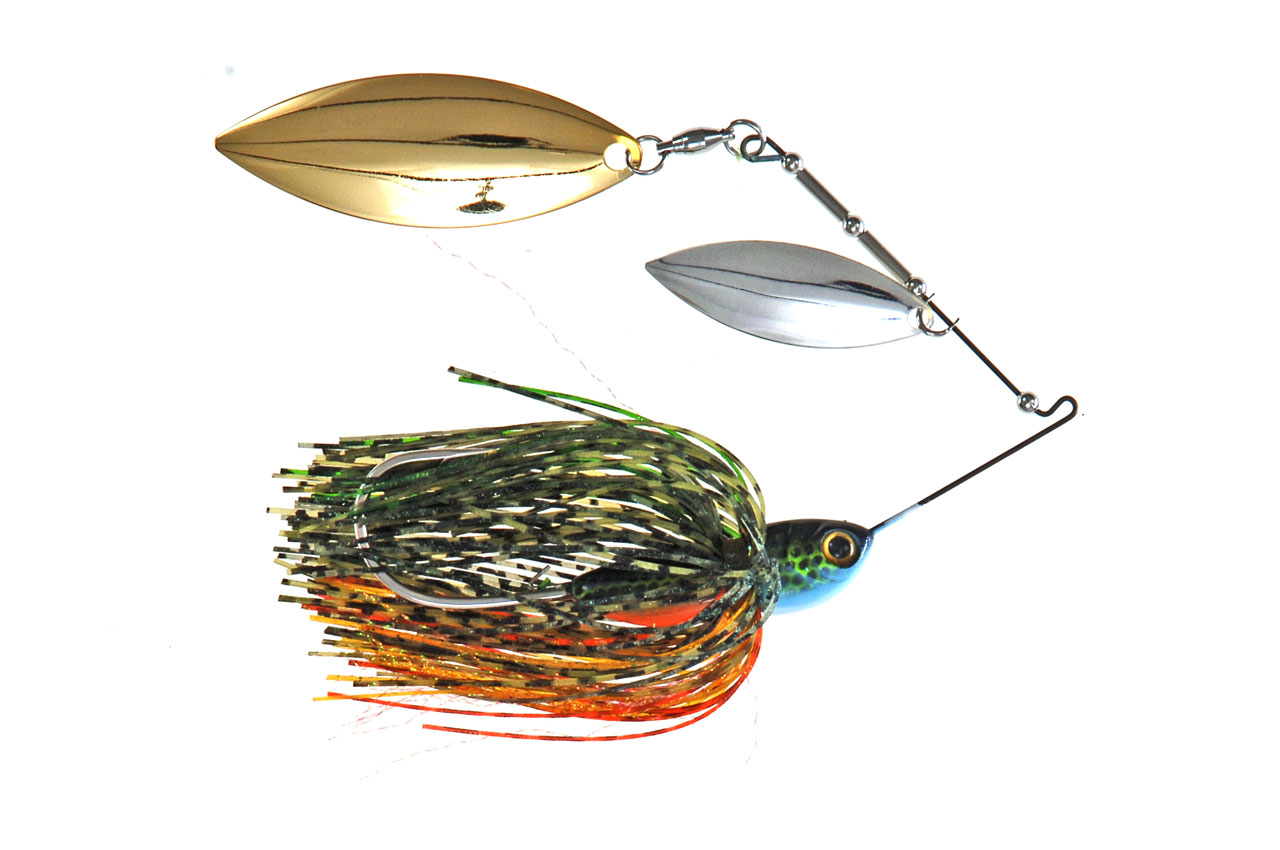
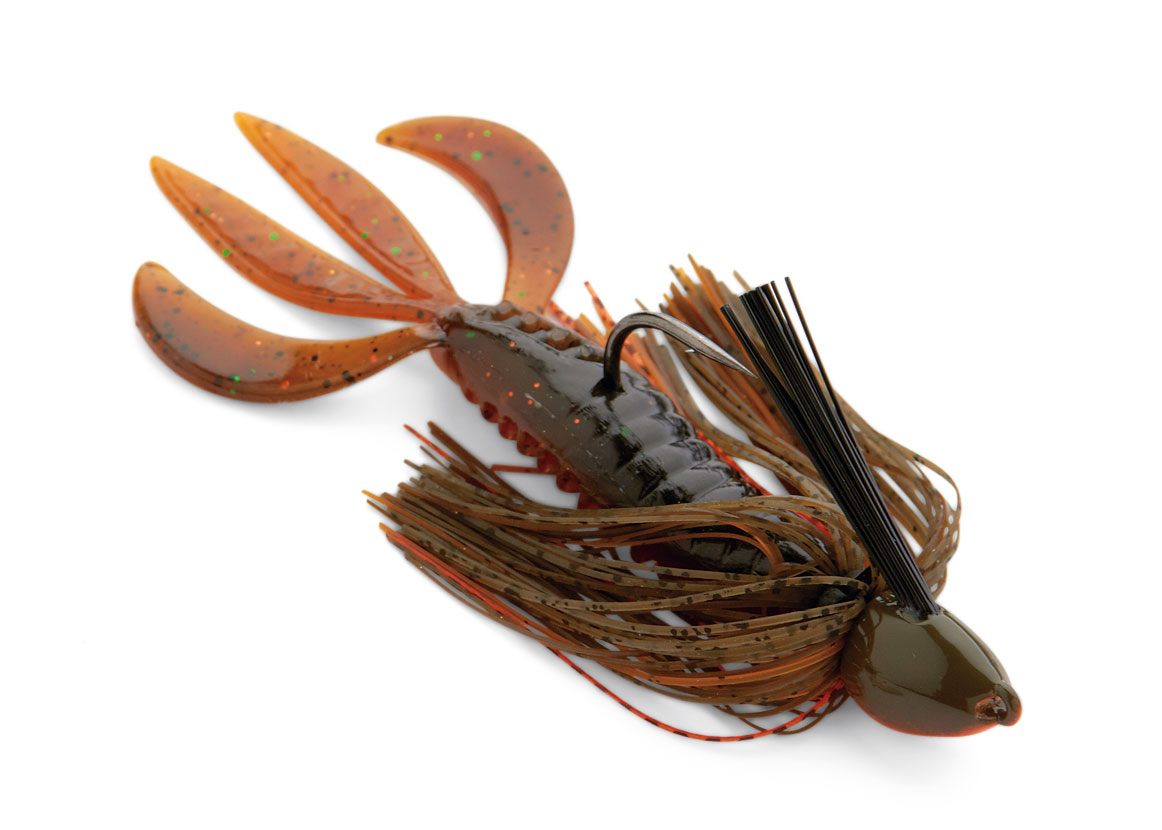




Fishing is mostly done in or near the deeper waters of creeks. Keith will stay with his winter patterns until water temperatures rise into the low 50s, then he moves in the shallows in the trees for spring spawning season fishing.
Count and measure
Louisiana fishermen used to keeping a 10-fish limit of any size largemouth bass will have to retrain themselves to meet the limits that apply to Caddo, which is a 14- to 18-inch slot limit; fish between those lengths must be released. The slot limit does not apply to spotted bass, which have no minimum size.
Anglers are allowed to keep a combined limit of eight largemouth and spotted bass, but only four of the eight can be more than 18 inches long.
A benefit of the uniform regulations is that the invisible state line crossing the middle of the lake is unimportant. Additionally, anglers from either state can trailer their boat to the other state to launch, needing only their home state’s fishing license to do so.
Sticks, strings and gadgets
When it comes to equipment, Paul Keith is particular, but then again, he isn’t. He likes stout rods, medium-heavy to heavy action 7-foot Lew’s baitcasting outfits, the Super Duty reels having a 7.5-to-1 gear ratio.
“You need them to pull some of the toads out of all the sticks here,” he said. “I even have some extra-heavy rods (he humorously calls them ‘mop sticks’) for punching in the summer.”
As for lines, he isn’t a fluorocarbon kind of guy.
“It’s not needed here; we don’t have clear water,” said Keith, who uses 17-pound Gamma or Sunline monofilament.
When he is punching through grass mats, throwing a frog in vegetation or chunking an Alabama rig, he will shift to 30- or 50-pound braid, but he is quick to add that one can do what he needs to in the spring using a spinning reel.
“Seventy percent of my customers don’t fish regularly, and they use spinning reels here,” he said. “If you like a spinning reel and are good with it, you can get the lure where you want it better than with a baitcaster. It’s harder to skip a lure in place with a baitcaster.
“Accuracy is everything out here in the spring. If you are not getting your bait in right next to the tree — for sure within 1 foot — you are wasting your time. I’d rather have a person throw the wrong bait, in the wrong color and work it wrong, but get it next to a tree than do everything right except getting it close to the tree.”
One thing that Keith has very little use for on Caddo is electronics.
“They are of limited use here. If I didn’t have a graph on the boat, I wouldn’t miss it in the spring,” he said. He measures the depth he’s fishing by dropping the lure from the rod tip to the bottom. Spring fishing is in water less than 4 feet deep.
“The most that I use electronics is in the fall and winter, when I look for balls of shad in creek beds,” he said.
Keys to spawning bass
“My key to success in Caddo Lake is covering a lot of water quickly, especially during spawning season,” Keith said. “Because there are so many trees, you may have to hit 50 or 100 trees between bites.
“Everything on this lake looks fishy, but like any lake, not everywhere holds numbers of fish.”

Although there are fish in both parts of the lake, he feels strongly that the Texas side is better for big bass for several reasons. First, it has more cover. The number of trees spreads out the boat pressure.
“The fish are less beat-up,” he said.
Texas also has a stronger Florida bass-stocking program.
“Launching anywhere in Louisiana, a fisherman in an average bass boat can be on the Texas side in 5 to 10 minutes,” he said.
Caddo Lake is not a sight-fishing lake for bass on their beds because the water is so stained and tannic, he said.
“Even in clear water, you can’t see their beds here,” he said. “It’s like looking down into coffee or tea.”
Accuracy is as important as speed in fishing Caddo during the spawn. He places every cast as close as possible to a tree trunk, preferably slightly beyond it. He allows his lure it to drop, swims it 5 feet, then speed-retrieves it back for the next cast.
“It’s all about getting to that next tree to make another cast,” he emphasized.
Keith is a strong supporter of Bass Life Associates out of Shreveport. The group provides replica mounts for released largemouth bass weighing 8 pounds or more. Keith has caught 72 bass bigger than 8 pounds certified by Bass Life Associates. Fifteen of these were over 10 pounds, and his personal best is 13.72 pounds.
6 tips for newcomers

Guide Paul Keith offered up six tips to newcomers for succeeding with Caddo’s big, spring bass.
- Pick a small area of the lake and learn it. Don’t try to fish the whole lake.
- Think shallow.
- Think cypress trees.
- Keep moving. Cover lots of water quickly. At most, each of two men in a boat should throw once at each tree. Keith will hit 500 trees by himself to try and present his baits to more fish.
- Make accurate casts close to target trees.
- Charter a guide the first time here, especially for the first day if you’re on a multi-day trip.
Take care
While Paul Keith encourages anglers looking for trophy bass to fish the Texas side of the lake, the recommendation comes with a caution.

“There are lots of stumps and some very shallow sandbars in this already shallow lake,” he said. “What you want to do is run your boat in boat lanes marked with markers. Each marker pole has a metal plate with numbers and letters on it that coincide coordinate with paper maps.
“Stay on the side of the post that the metal marker plate points toward. Then, when you reach your fishing area, slow down to leave the boat lane.”
